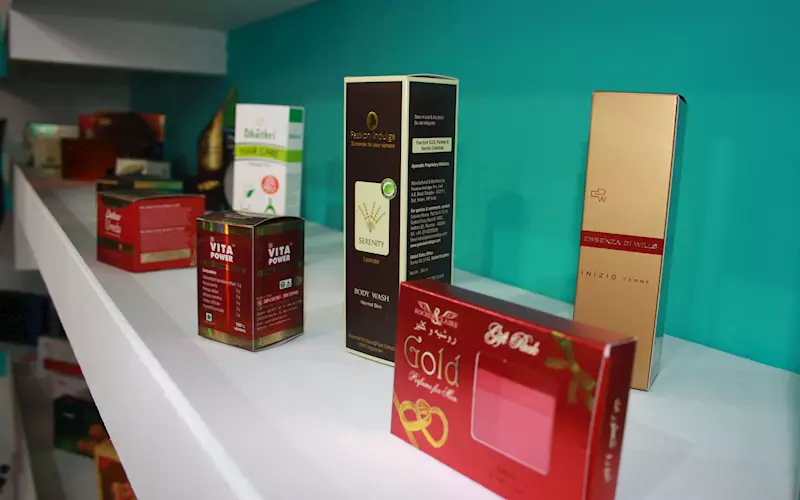Packaging in India: Ready for take-off
At the recently concluded Indpack conference N C Saha, director, Indian Institute of Packaging (IIP), said, “We are living in a packaging essential era. Packaging helps in distribution of food and other essentials to the user. Hence demand for better and innovative packaging is increasing and will continue to grow.”
18 Feb 2014 | By Mihir Joshi
According to industry insiders, the Indian packaging industry is estimated to be worth Rs 1,17,000-crore and India is the sixth biggest packaging market in the world.
Globally, the macroeconomic environment has been challenging for the packaging industry in recent years, given pressures on the consumer spending and significant exposure to fast moving consumer good (FMCG) producers. American and European packaging markets have slowed down and emerging markets of Asia, Latin America and Africa have shown superior growth prospects for the packaging industry.
Due to the increased volatility in raw material prices over the past few years (particularly in polymer raw materials), and the increasing concern over the environmental impact of packaging, there has been a conscious effort for down gauging. Leading packaging producers have benefited from ongoing new-product launches and trends such as increased single-serve and convenience packaging, increased packaging of fresh produce, and a continued focus on environmental sustainability.
As 2014 sets in, economic publications based on the company's economic performance over the last calendar year and the potential growth of the industries have hand-picked 22 packaging converters, who are expected to propel the growth in their respective industries. These include Uflex, Bilcare, Polyplex Corp, Jindal Poly Films, Hind National Glass, Essel Propack, Piramal Glass, Cosmo Films, Oricon Enterprises, Flexituff International, Paper Products, Tinplate, Ester Ind, Garware Polyester, Ess Dee Alum, Karur KCP, Everest Kanto Cylinder, Signet Inds, Neo Corp International, Hitech Plast, Manjushree Tech and TCPL Packaging.
Together these 22 leading packaging converters recorded a combined revenue of Rs 30,536.60-crore.These economic prediction and ratings were exclusively for the listed companies and depended upon their net sales, recurring income and non-recurring business.
Even after the promising growth story that has been traced by the Indian packaging industry there remains a vast room for improvement and growth in the world's second most populous country. India’s per capita consumption of packaging products is significantly lower at 0.3 kg, compared to its global counterparts – 15kg, 13kg, 11kg and 5kg in Japan, USA, EU and China respectively.
But, that seems to be changing, growing urbanisation, increasing middle class population and disposable income are in all probability going to provide impetus for growth in the Indian packaging sector. Growth is also supported by the shift to organised retail market and FDI allowance in retail industry. Even today, only 15-20% of the total consumption comes in packaged form and at 49% plastics are the most widely used material for packaging.
Trends in flexible packaging such as squeezable fruit pouches, better resealable features, and packages made from recyclable materials should continue to provide opportunities to enhance profitability.
Mergers and Acquisitions
The potential of the Indian market hasn’t gone unnoticed. International players have entered the market and joined hands or acquired Indian packaging converters to get a foothold in a market, which is primed for double digit growth at least over the next decade. The Indian packaging space has seen increased activity on the merger and acquisition front, especially over the last couple of years. Deals close to USD 100-billion have taken place in 2012 and 2013 alone and bigger deals are expected in the near future, provided there are no drastic shifts in the market space or government policy.
Early movers and market leaders in India have also realised the potential of the market and the threat posed by the incoming foreign players, they have been quick to close rank with mergers and acquisitions of their own. Most notable among them was between Manipal Technologies and Utility Printpack to form a new entity Manipal Utility Packaging Solutions (MUPS).
The general elections of 2014 can have a defining impact on the future of the packaging industry. A union government with positive investment policies will, in all probability, lead to a fresh round of mergers and acquisitions.














 See All
See All